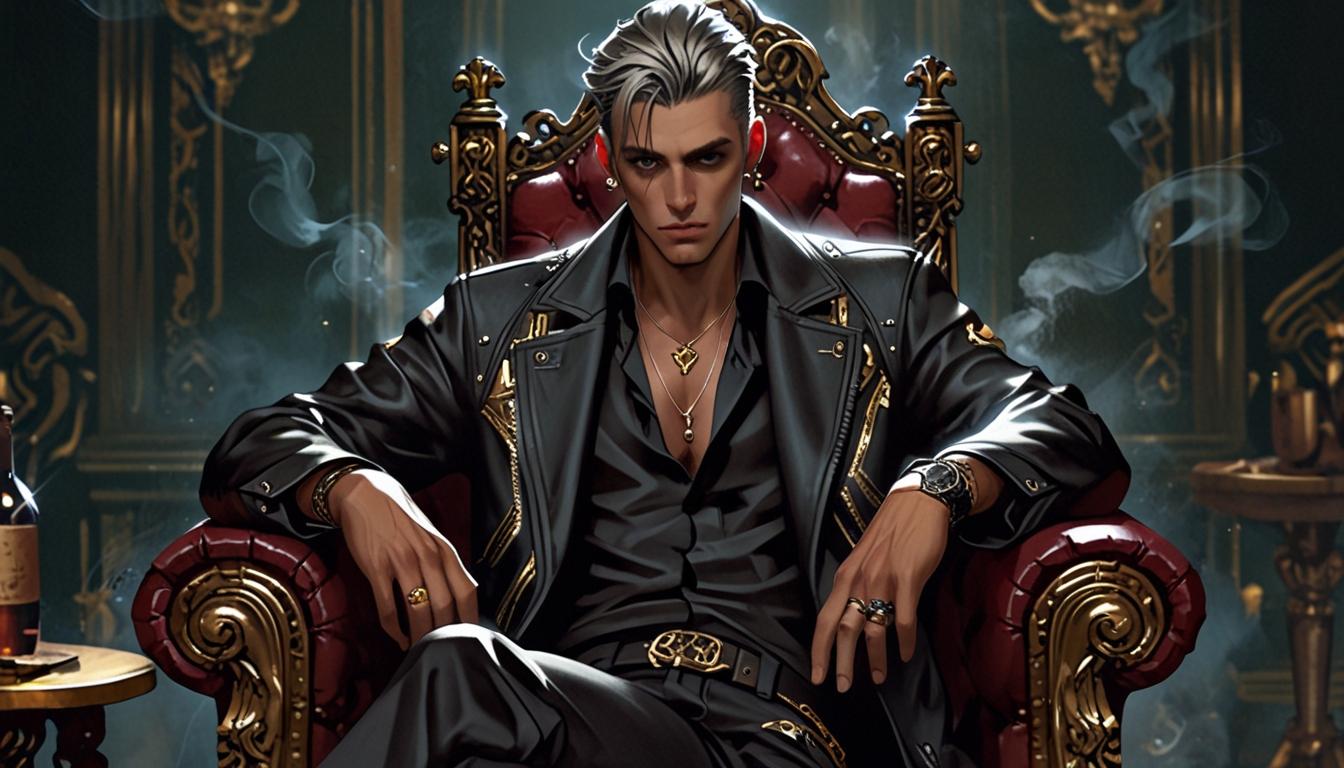Since its release, the Scarface jacket has become a cultural symbol of ambition and rebellion, reflecting Tony Montana’s transformation from street hustler to drug kingpin.
Since its release in 1983, the film “Scarface,” directed by Brian De Palma and starring Al Pacino as the infamous character Tony Montana, has not only become a cultural landmark due to its intense storytelling and graphic portrayal of ambition and excess but has also made a significant impact on fashion, particularly with the iconic Scarface jacket.
The journey of the Scarface jacket is emblematic of Tony Montana’s evolution throughout the film. Initially, Montana is depicted in practical, utilitarian jackets representative of his humble beginnings as a street hustler. However, as his power and wealth grow, so does his wardrobe—culminating in the striking leather jacket that becomes synonymous with his character’s peak of authority and decadence.
Characterized by sharp lapels, a tailored silhouette, and a commanding presence, the leather Scarface jacket is more than just apparel; it has become a cultural symbol. Many fashion scholars and fans alike interpret this piece as a kind of modern-day armor, reflecting not only Montana’s defiance and dominance but also the psychological intensity that permeates his character. The costuming in “Scarface,” carefully orchestrated by costume designer Patricia Norris, plays a critical role in articulating the characters’ narratives. Each jacket worn by Montana is meticulously designed to punctuate key moments of his transformation—from a mere survivor to the epitome of supremacy within the drug empire.
Over the years, the Scarface jacket has evolved into a cultural artifact. It has been referenced in various mediums—music videos, hip-hop lyrics, fashion runways, and streetwear collections—symbolizing ambition, resilience, and rebellion. Its enduring appeal places it at the crossroads of popular culture and individual identity.
The influence of the Scarface jacket persists in modern fashion, inspiring contemporary designers across various sectors. Fashion houses have looked back to the 1980s noir aesthetic, creating luxury outerwear collections that echo Montana’s bold style. Streetwear brands continue to channel elements of his attitude and color palette, while numerous media references in television and film celebrate the imprint left by “Scarface.”
The construction of the leather Scarface jacket also reflects the quality and craftsmanship inherent in high-grade leather apparel. With reinforced seams and structured shoulders designed for dramatic effect, its polished finishes and timeless tailoring contribute to its desirability among collectors and fashion enthusiasts alike.
In answering frequently asked questions about the Scarface jacket, it becomes clear why this garment holds a prominent place in fashion history. Its unique association with Tony Montana’s character, combined with its bold design and impactful narrative, elevates it beyond a mere clothing item into a symbol of power and transformation. Most of the original jackets were custom-made for the film, tailored to illustrate the characters’ journeys and pivotal moments, particularly those that showcase Montana’s ascendance.
As contemporary designers continue to incorporate elements hereinto, the legacy of the Scarface jacket remains strong. Its combination of aggressive structure, distinctive design, and rich cultural narrative sets it apart from conventional leather jackets, solidifying its position as a wardrobe mogul.
Ultimately, the Scarface jacket transcends being just a piece of clothing. With roots in one of cinema’s most notorious antiheroes, its iconic visual appeal stands as a testament to fashion’s profound ability to convey character, context, and cultural significance. The ongoing resonance of this iconic garment ensures that its legacy will endure alongside the legendary narrative of “Scarface.”
Source: Noah Wire Services




